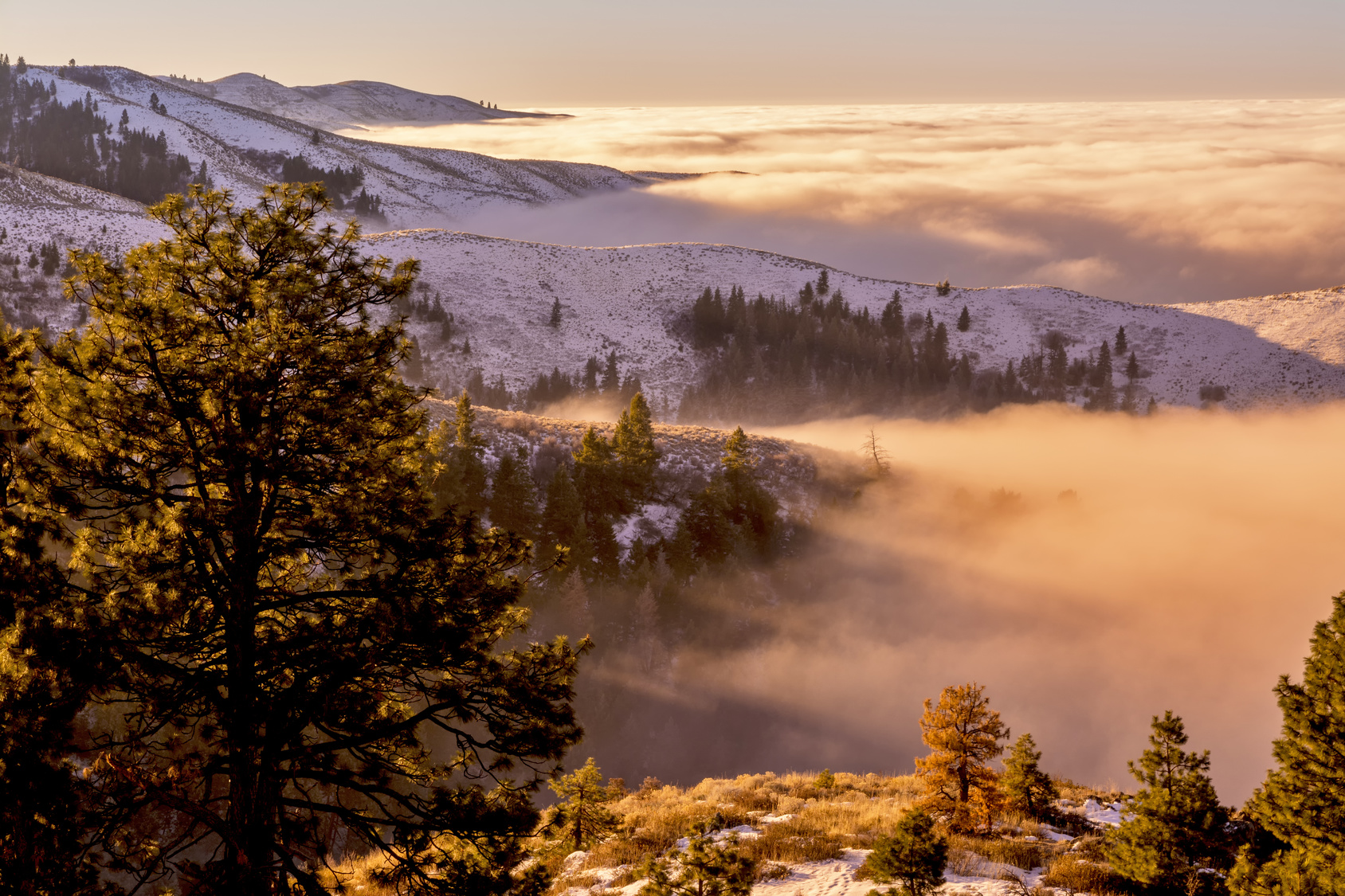
If you have ever lived in Utah for more than a year, you are certainly aware of the horrible air quality that pervades the state in the winter months. Although we might have the best snow on earth, one might want to avoid taking any deep breaths while enjoying it. The air along the Wasatch front is frequently rated among the worst in the country, through the months of December to February. We don’t have to settle for this status quo, however. There are certainly things that we, as a community, can strive to do to eliminate the air pollution that comes with inversion. Here are some of the core causes of Utah’s air pollution, and what can be done about it…
Weather is a primary factor
The period of time that Utah is heavily affected by inversion is usually between the months of December and February, although it certainly ebbs and flows outside of that. This is because colder temperatures are what cause the inversion. Because the Wasatch Front is largely walled off, it has air conditions that air fairly independent from that beyond the mountain. This means that the air in the valley is usually trapped here until a storm cycles it out. As the temperature drops, it begins to create a layer of very cold air beneath a layer of warmer air, which inverts the atmosphere and creates a sharp contrast in air quality.
The inversion itself is not unhealthy
It should be noted that the inversion, itself, isn’t inherently unhealthy. The issue is that pollutants in the air are going to rest with the colder air, as the warmer air escapes above. When the warmer air forms a top layer, it works like insulation to keep the pollutants trapped in the cold air beneath. This causes all sorts of micrometer-sized pollutants to get caught in the air that we breath, which creates respiratory issues and can cause lung and heart damage over long periods of time.
Vehicles cause most inversion pollution
Although there are many different contributors to the pollutants that get caught in inversion, the largest is definitely automotive vehicles. Cars contribute over 44% of the pollutants during winter inversion. By contrast, smokestack refineries, another major contributor, are only responsible for 20%. One important aspect to keeping the number of pollutants released by cars down is having an updated catalytic converter, which reduces the emissions released by a vehicle. At Master Muffler, we have devoted ourselves to reducing the air pollution in Utah by becoming the number one installer of catalytic converters in the state.
Related Posts
Key Takeaways On average, passenger vehicle tires last 40,000 to 60,000 miles, depending on type, driving habits, and maintenance. Replace tires when tread depth reaches 2/32”, if damaged, or older than 10 years. Regular rotation, alignment, and proper inflation extend tire life. Aggressive driving, poor roads, and harsh weather shorten tire lifespan. Take advantage [...]
When you think about car maintenance, you probably focus on oil changes, tire rotations, and maybe even brake pad replacement. But what about your brake fluid? If you’ve ever wondered, “What does brake fluid do?” or “Why is brake fluid important?”, you’re not alone. Brake fluid might not be the most talked-about part of [...]
Is that high-pitched squeal from your brakes driving you—and everyone else—crazy? Don’t ignore it. Squeaky brakes aren’t just annoying, they’re your car’s way of saying something needs attention. Whether you're cruising through Salt Lake City or winding up Idaho’s mountain passes, here’s what’s likely going on, how you can fix it, and when it [...]





